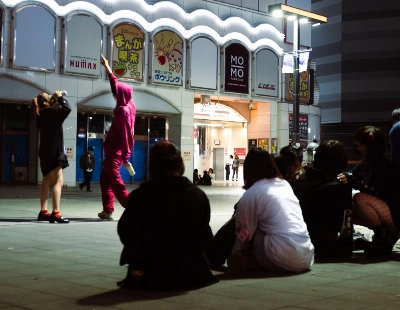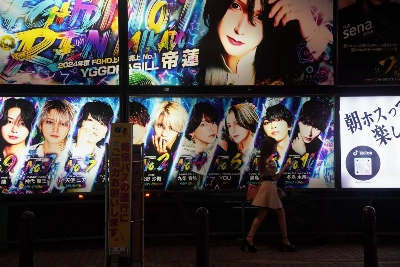This year marks the 70th anniversary of the Nanjing Massacre, but it is not yet a time for quiet reflection about the horrors of the past. Instead, vitriolic recriminations, denials, minimizing and shifting of responsibility define and shape the discourse about this tragedy. There is little middle ground and prospects for a consensus among Japanese scholars and between Japan and China remain remote because political agendas continue to resonate loudly within the discourse.
This outstanding collection of essays detailing what is known about what actually happened at Nanjing, and overview of the historiographic battle lines, is an invaluable contribution to an understanding of the "Atrocity." These essays provide a compelling refutation of the tired and implausible arguments typically espoused by the deniers and minimizers and also vividly portray the various atrocities committed by the Imperial Armed Forces. This collection also offers refreshing counterpoints to the hyperbole that biases — and undermines — Chinese accounts of the tragedy.
It is no longer possible — if it ever was — to cast doubts on the extent and nature of the horrific crimes Japanese soldiers perpetrated on Chinese civilians and prisoners of war in and around Nanjing. Certainly much can never be known, but so much is known and verified that any further attempt by reactionaries and apologists to minimize, mitigate or shirk responsibility for these appalling malefactions demonstrates willful ignorance.


















With your current subscription plan you can comment on stories. However, before writing your first comment, please create a display name in the Profile section of your subscriber account page.